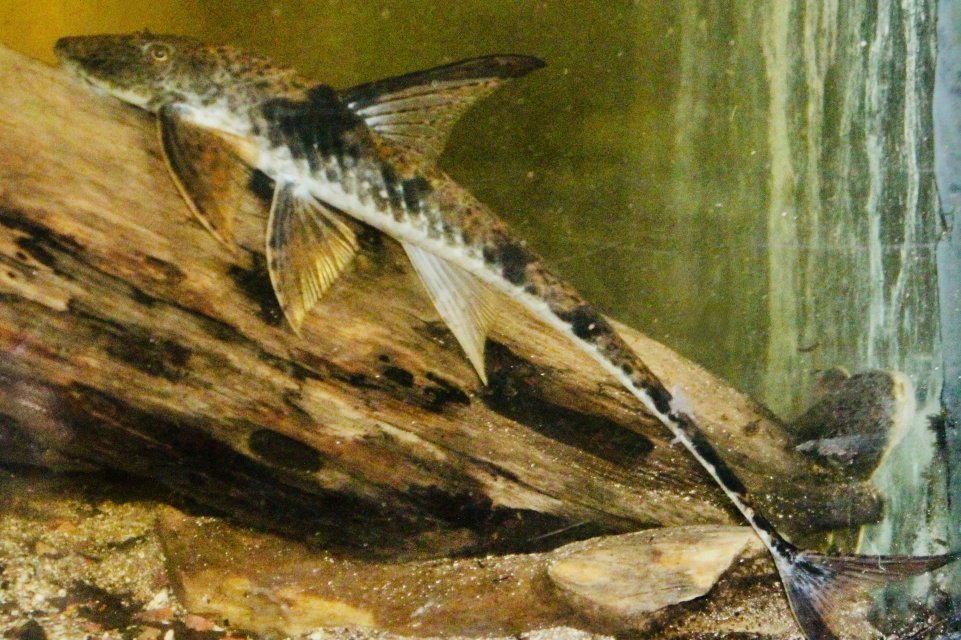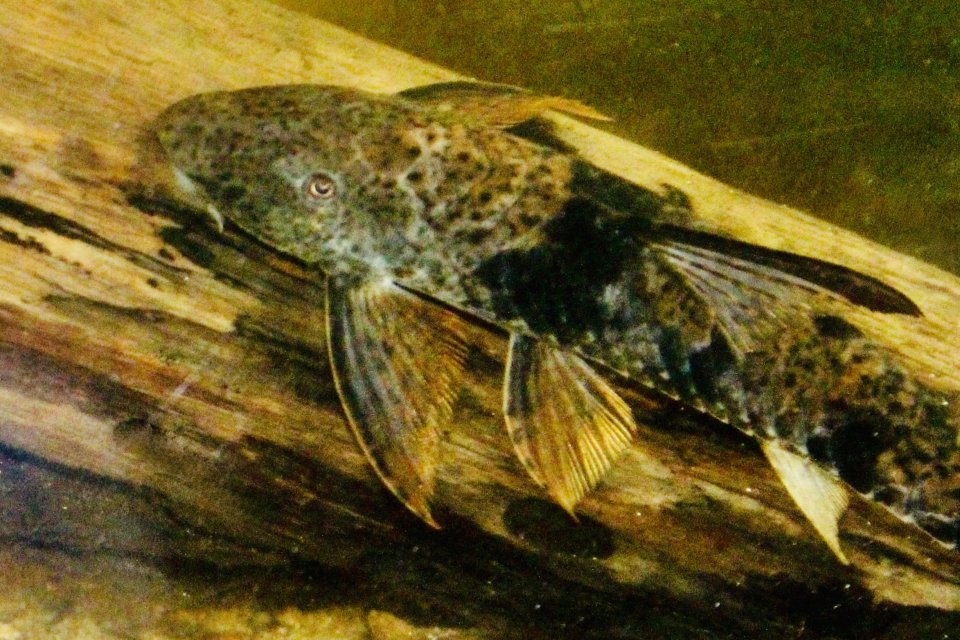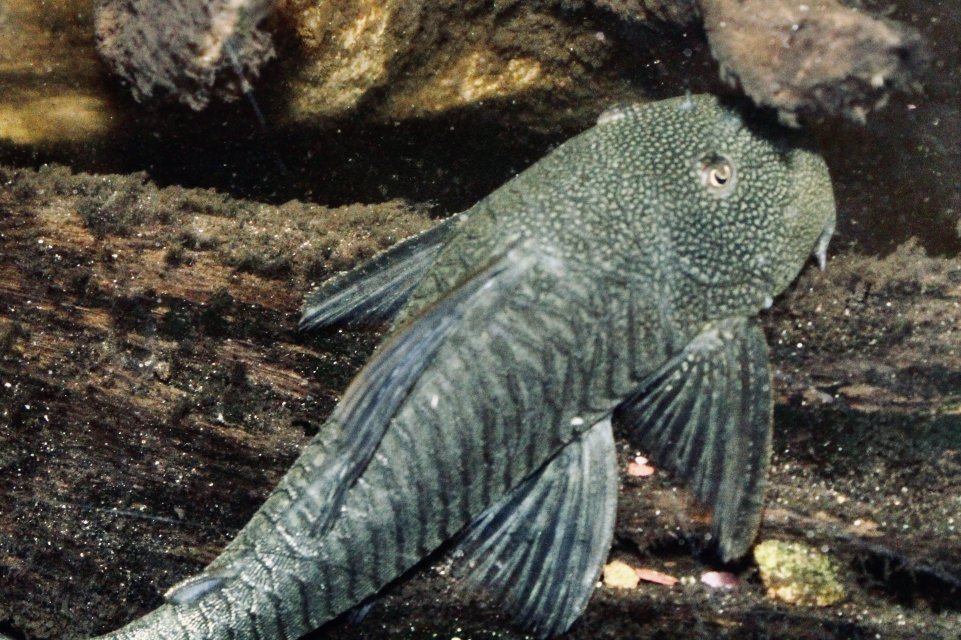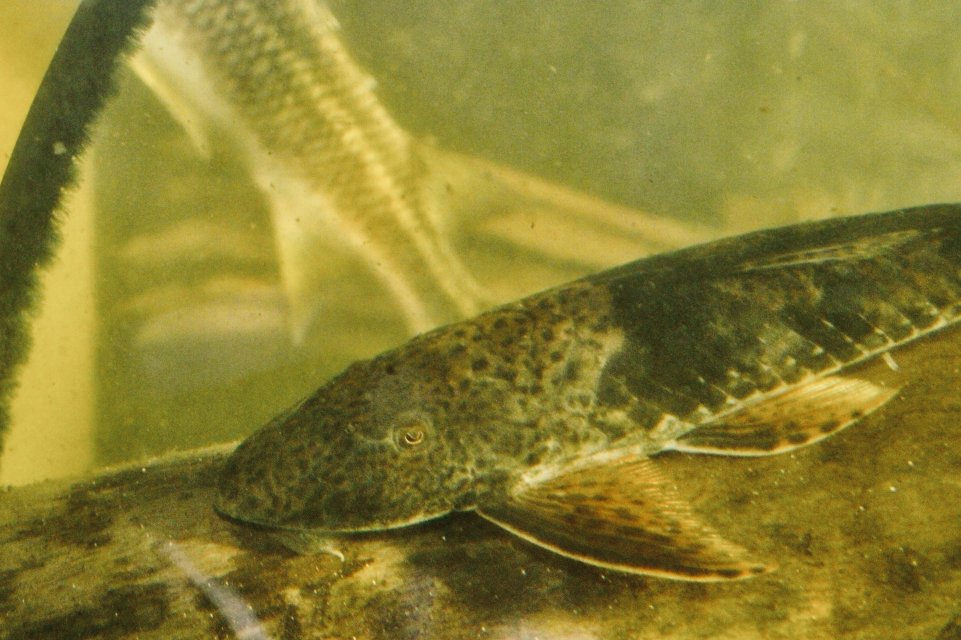Back in 2023 we hit the Rio Chorrera.
West of the Bridge of the Americas, it is part of the Rio Chagres system, a part of the Panama Canal waterway.
In the counter current section below the falls, I could barely throw the net without bringing up Ancistrus chagresi.

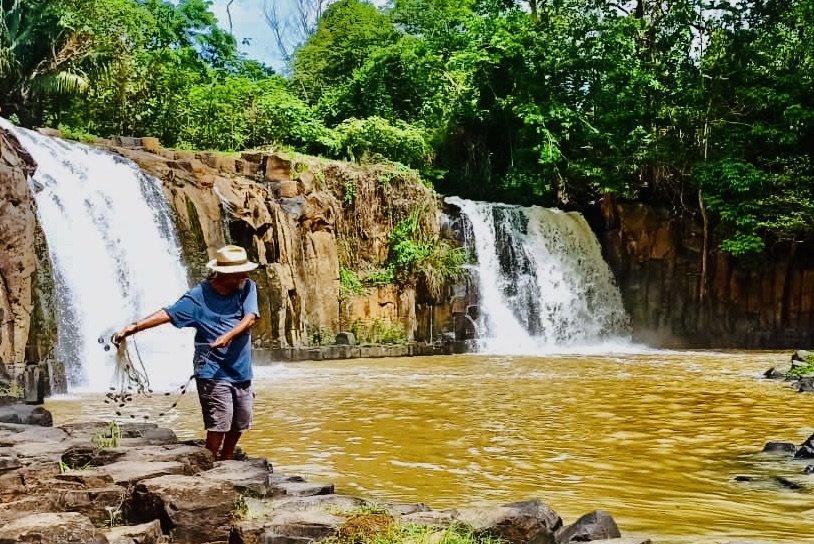
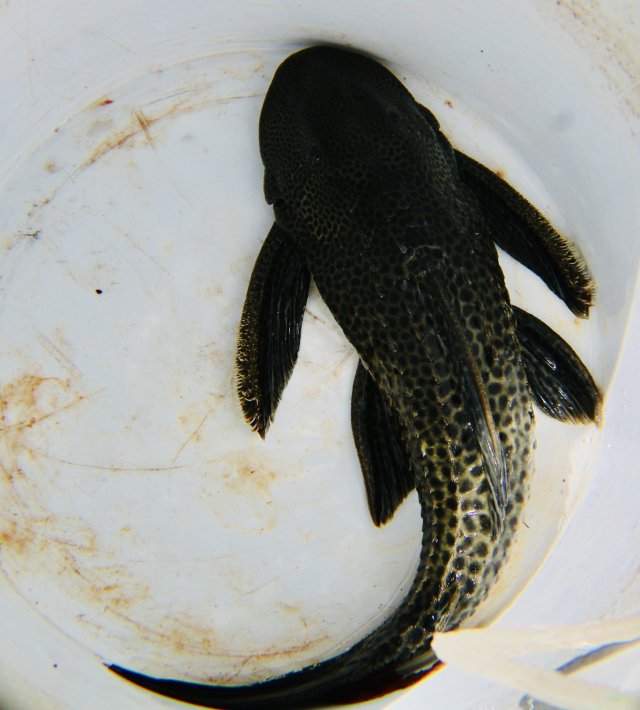
The one above dwarfed a 5 gallon bucket, so I opted to keep only the smallest.
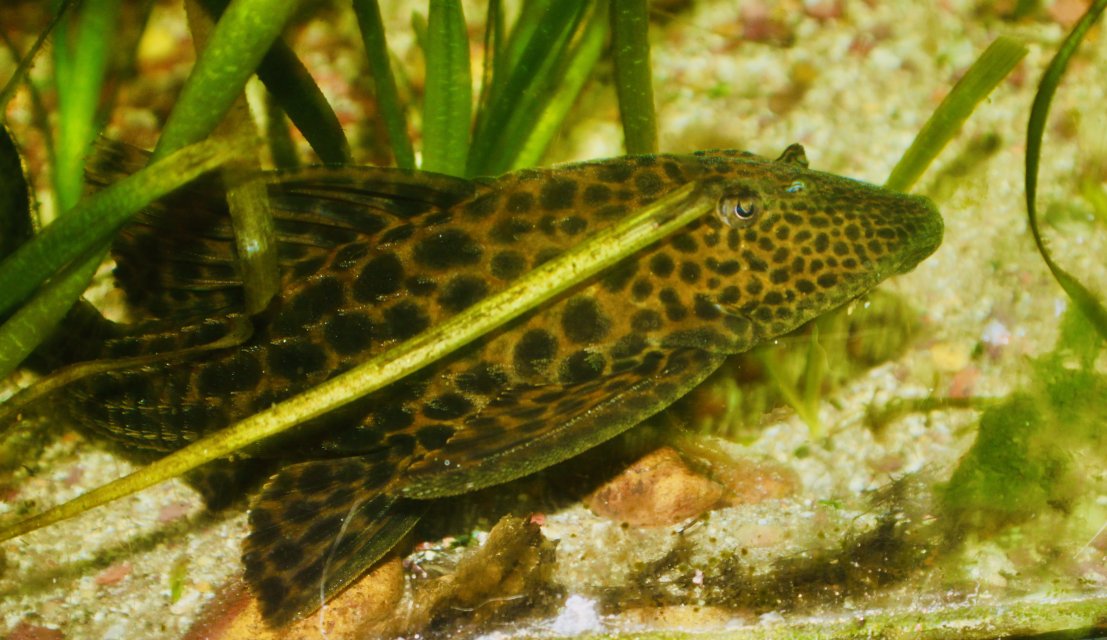
Later we moved east and collected the Rio Mamoni, not quite as ragging river as below the falls, and where we found Chaetostoma species to be dominant, (probably C fischeri)
Most were caught in areas with strongish current though.
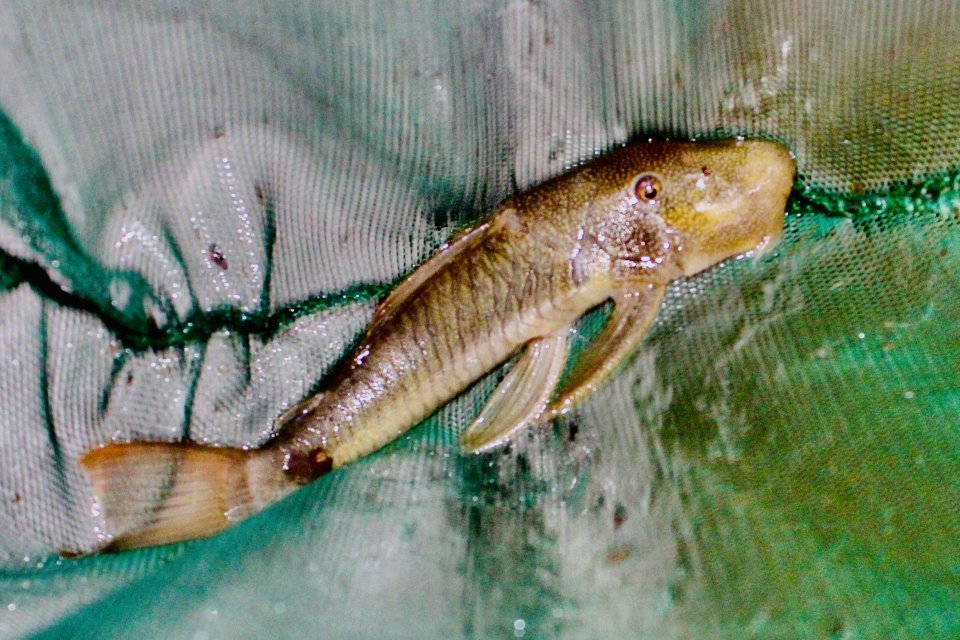
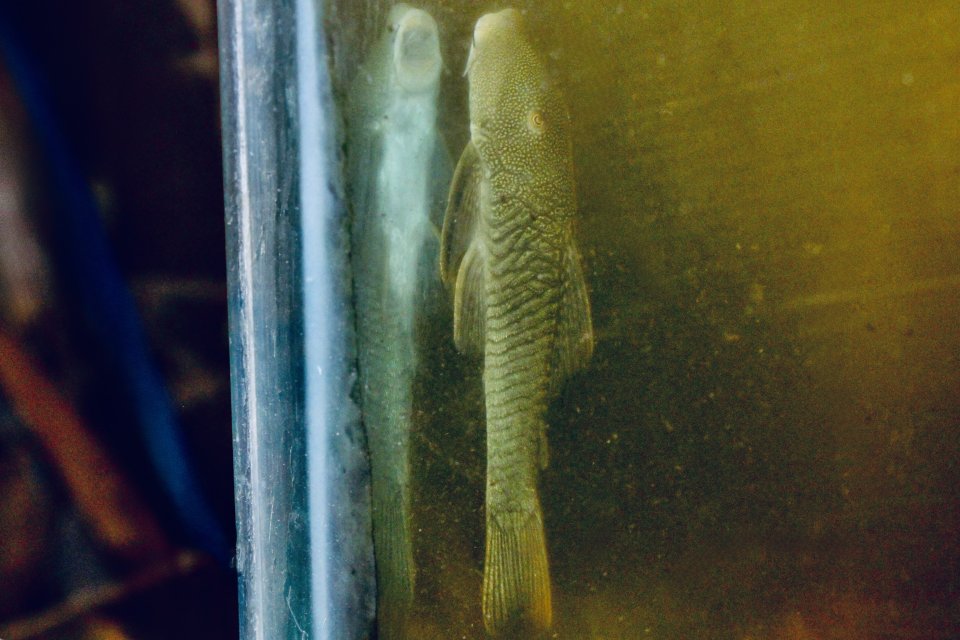
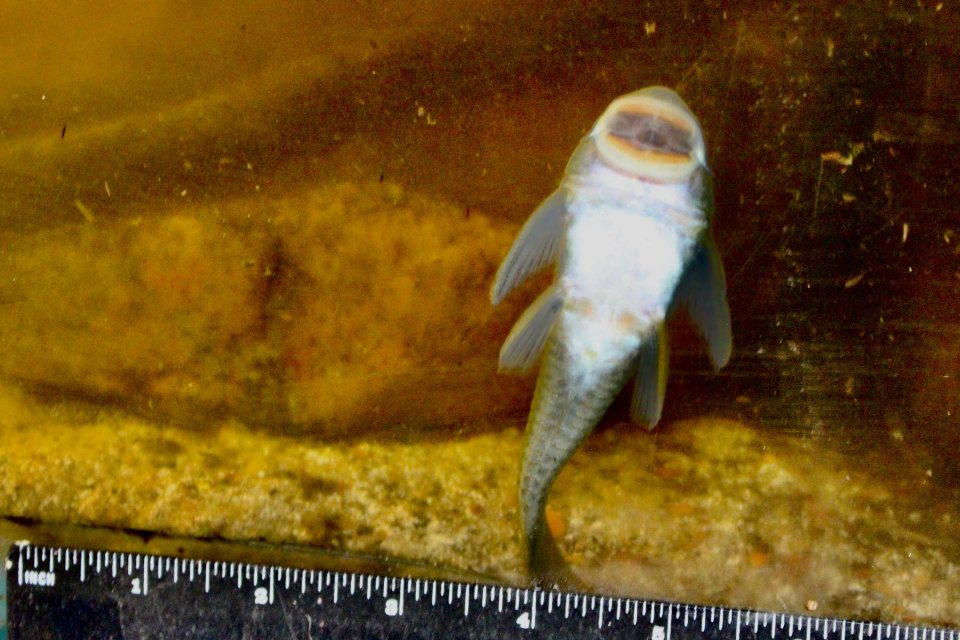
These seem to stay a tab smaller, and are sometimes called "rubber lip" plecos.
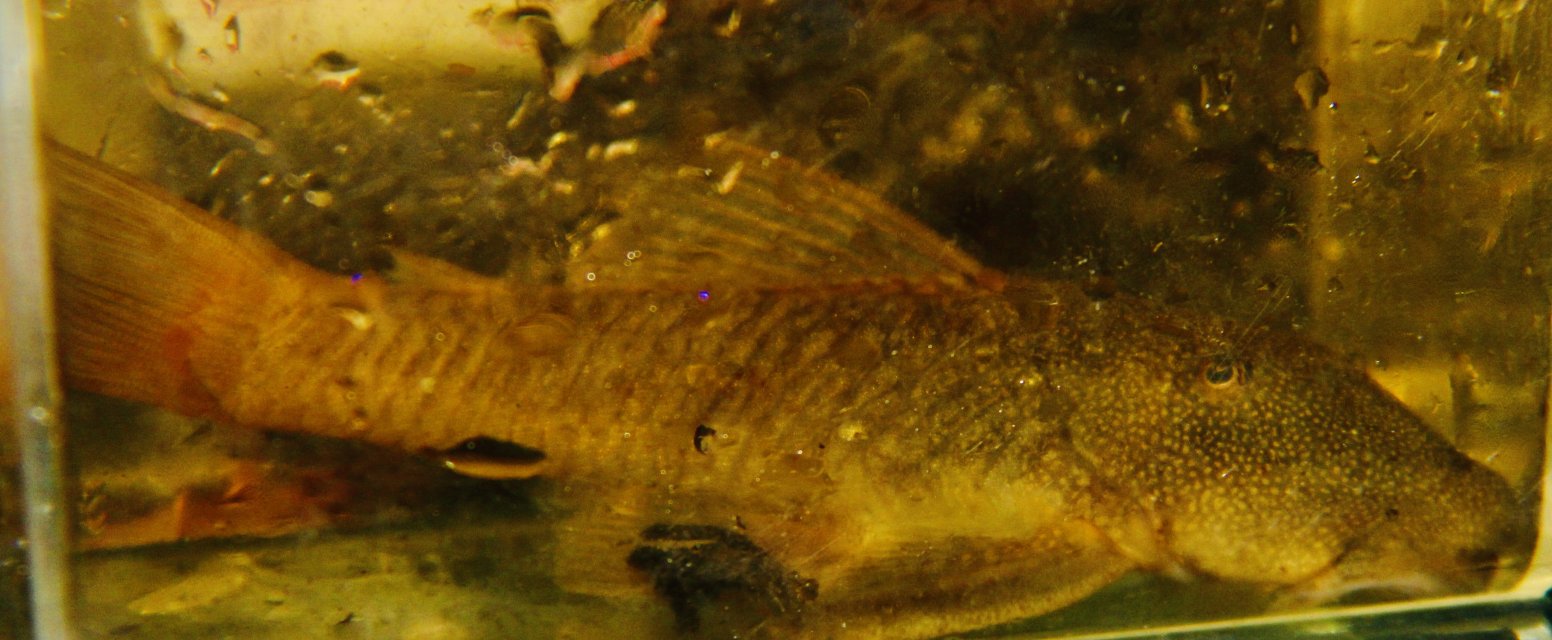
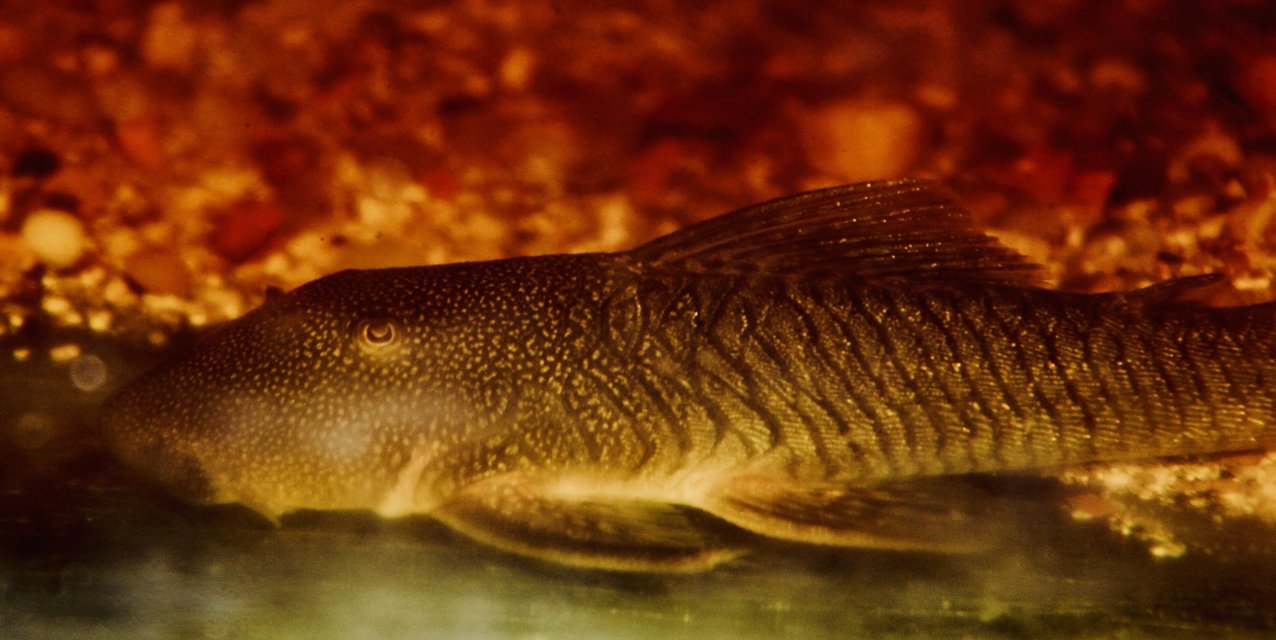
Lately we've been finding whip tails, those of the genus Sturomatichthys.
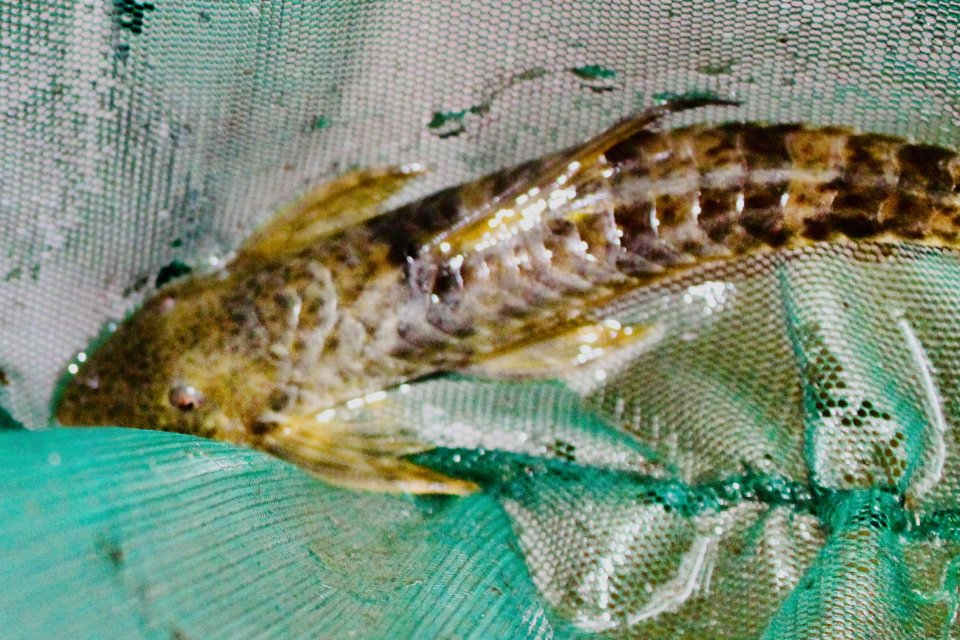
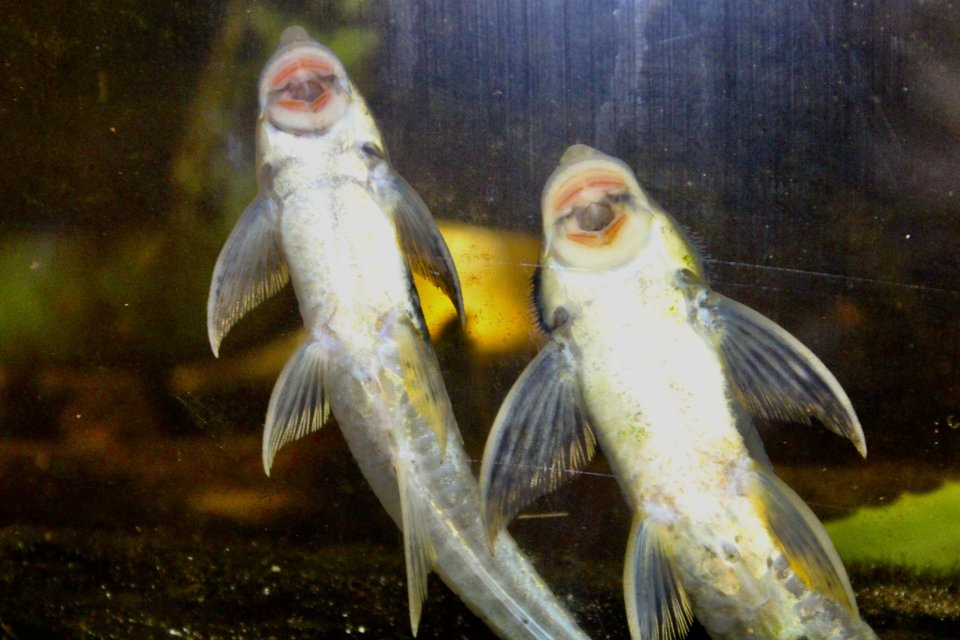
Male below, the hair like structures (0dontodides) on the gillplate are the give away.
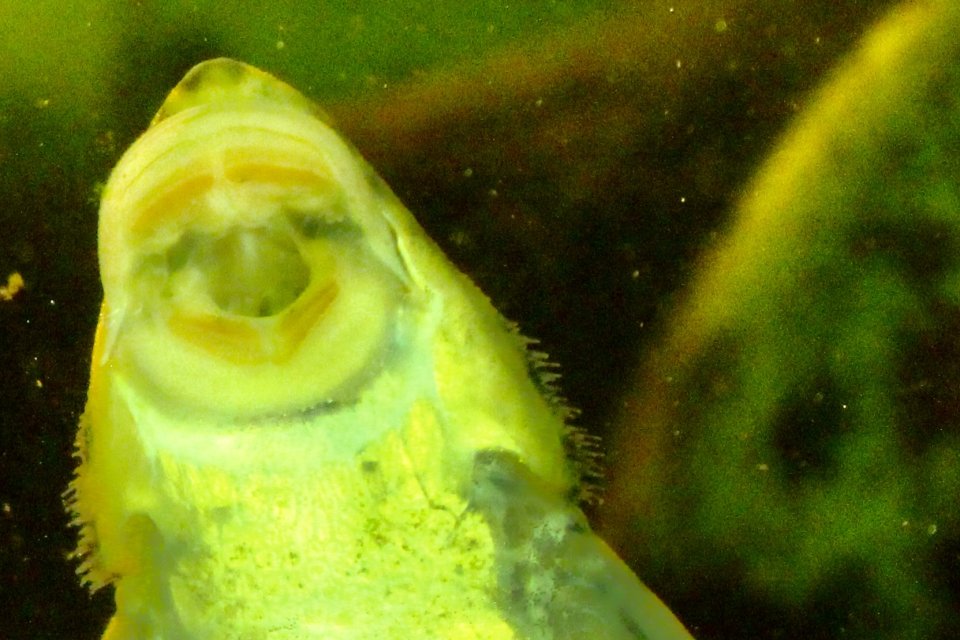
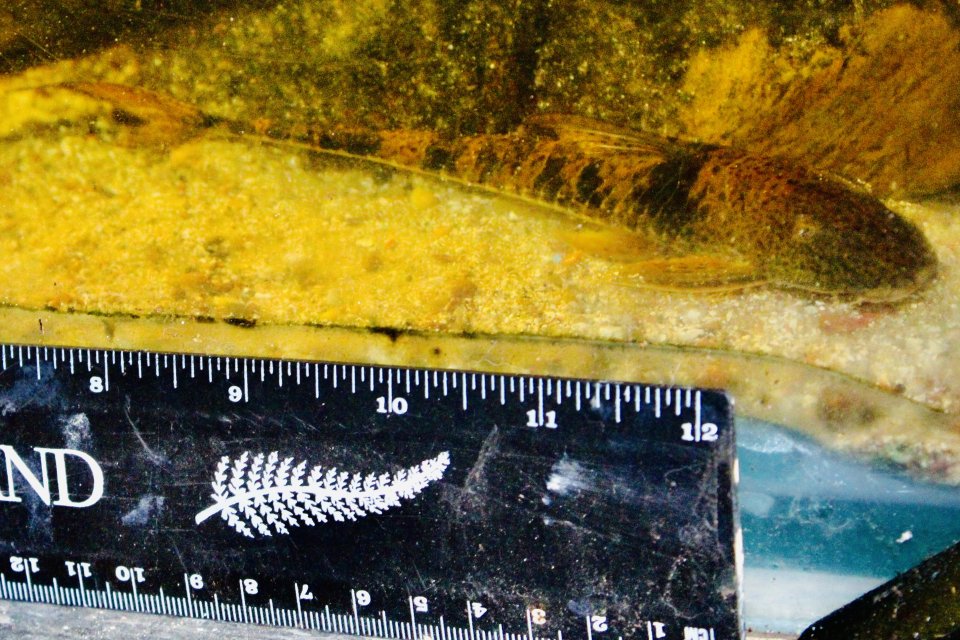
These are mostly found where current is quite strong.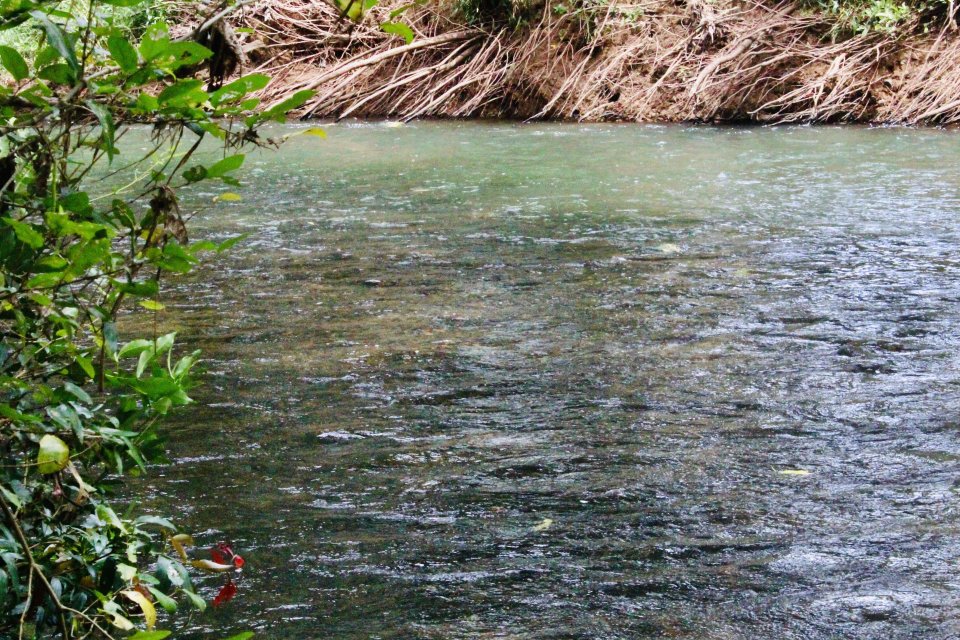
The pH always hovers at about 8 and higher in these rivers, and nitrates always undetectable.
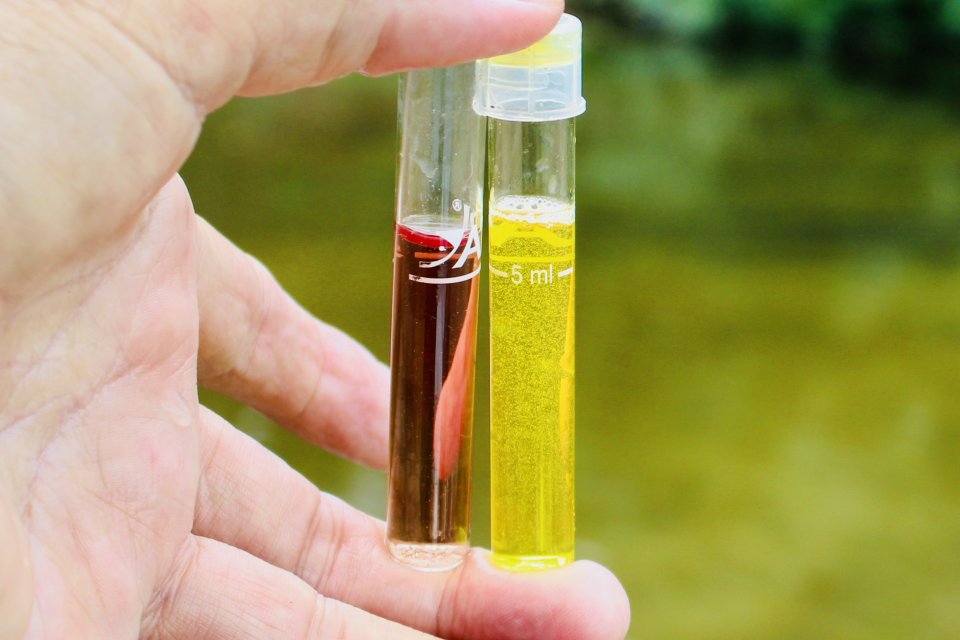
West of the Bridge of the Americas, it is part of the Rio Chagres system, a part of the Panama Canal waterway.
In the counter current section below the falls, I could barely throw the net without bringing up Ancistrus chagresi.



The one above dwarfed a 5 gallon bucket, so I opted to keep only the smallest.

Later we moved east and collected the Rio Mamoni, not quite as ragging river as below the falls, and where we found Chaetostoma species to be dominant, (probably C fischeri)
Most were caught in areas with strongish current though.



These seem to stay a tab smaller, and are sometimes called "rubber lip" plecos.


Lately we've been finding whip tails, those of the genus Sturomatichthys.


Male below, the hair like structures (0dontodides) on the gillplate are the give away.


These are mostly found where current is quite strong.

The pH always hovers at about 8 and higher in these rivers, and nitrates always undetectable.




